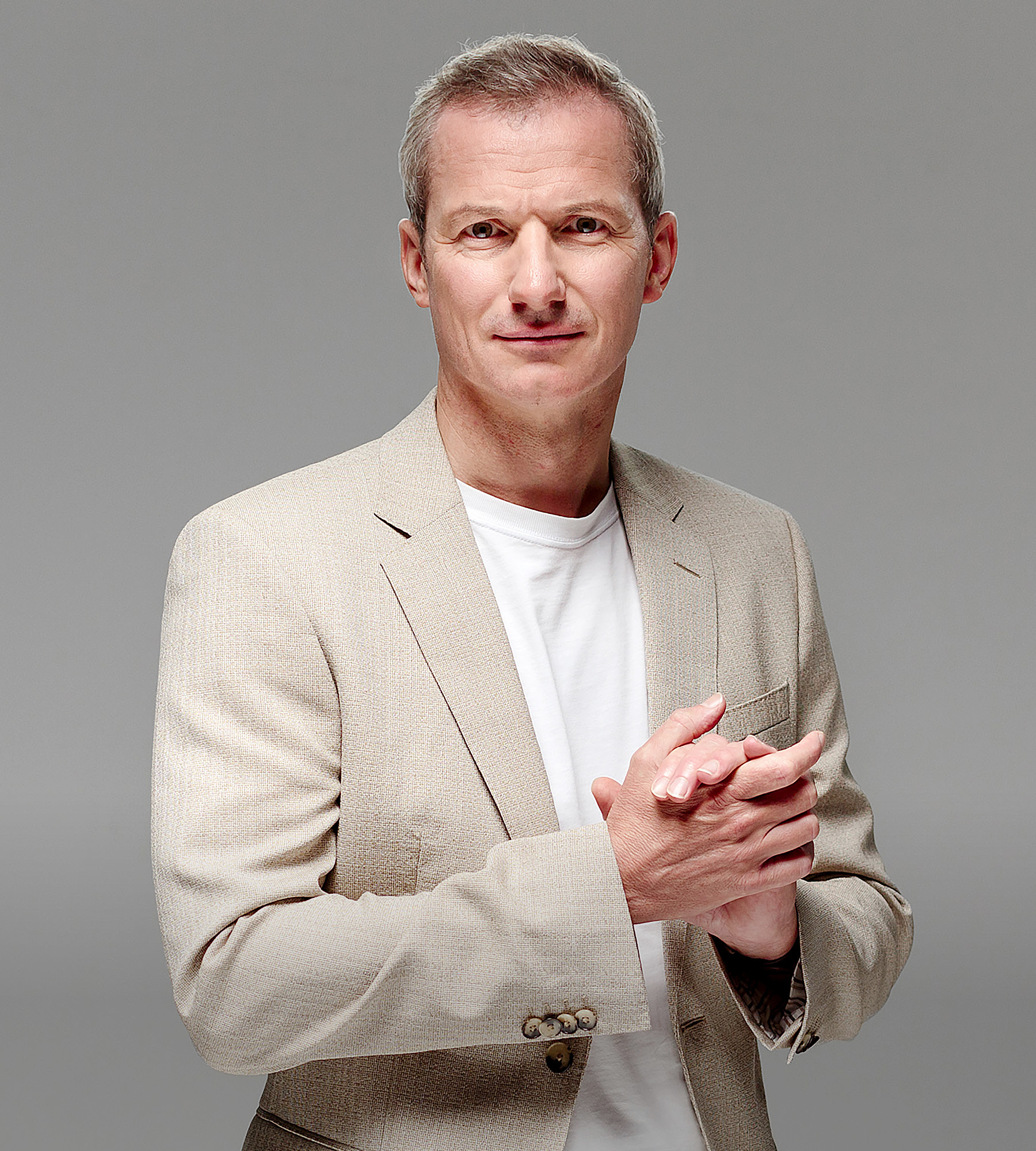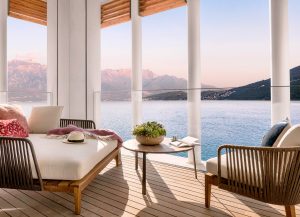Language
You can read the magazine in one of the following languages
The birth of boutique hospitality happened in the 1960s with the realization that hotels and hospitality destinations could – and should – look at least as good as their locales. Until that time, motels were templates, fitted out with standard furniture and substandard atmosphere.
Then along came Howard Hirsch and Michael Bedner, two young college graduates with a radical vision of what a designed hospitality project could be. Their startup, Hirsch Bedner Associates (HBA), applied this vision of bespoke, boutique style to its very first project, a redesign of the 88-room Beverly Rodeo Hotel.
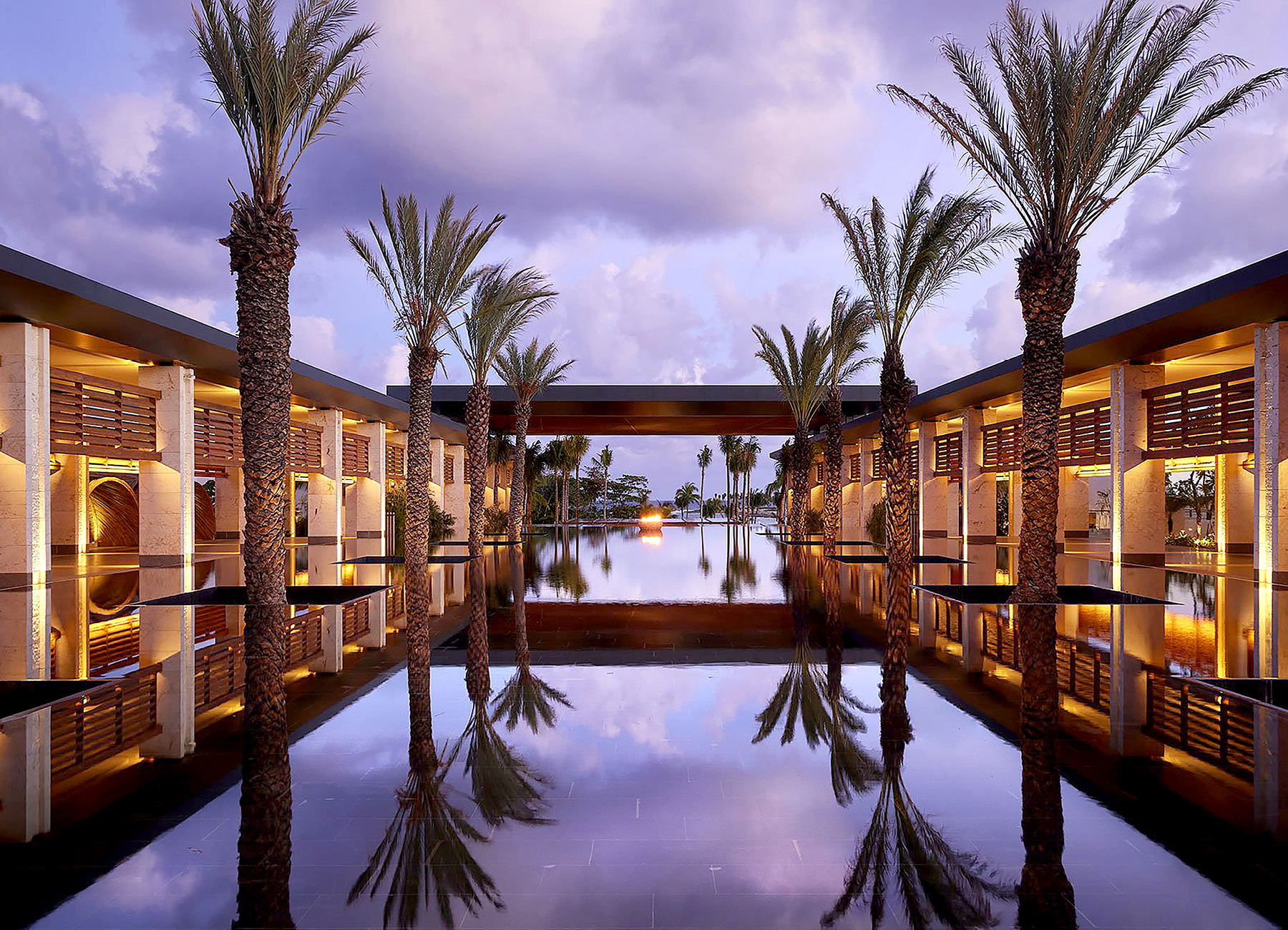
Conrad Tulum Mexico
It was the start of a 60-year odyssey that’s taken HBA’s style and vision to the fore of hospitality. The company’s spectacular designs have placed luxury, comfort and innovation at the forefront of destinations around the world and made HBA a world-renowned leader in the space.
“It’s a very progressive and dynamic business,” says HBA Group CEO Chris Godfrey. “We followed the markets. As hospitality was evolving and moving across the world, we followed accordingly. We’ve therefore always been at the vanguard of the industry, and we remain so now.”
HBA has changed with the times and industry trends, but that’s not to say it’s beholden to them. Godfrey joined the firm in 2014 as part of a growth strategy that saw him create a high-end residential division, which became one of HBA’s 15 diverse lines of service.
Fresh from a four-year run as Creative Director for 1508 London, the architect believed he could add structure and value to HBA.
“I felt I could help with the next phase of HBA’s life,” Godfrey says. “And it has grown organically since then, both in terms of its geographies and strategies. Now, we really have a scalable and 360-design approach, from master planning right the way through to product design, where we are partnering with artisans, like bespoke glass designers Lasvit, who place a high value on esthetics and design.”
Corralling HBA’s 15 divisions – including the master business – has been a challenge, particularly as they’re unique by design.
“Those 15 divisions are all familiar, but they’re unique and standalone,” he says. “They all have ambitious figureheads with specialist skills. Trying to have a full understanding of each and every component, while looking at where I could concert pieces together to be more purposeful, was a huge learning exercise for me.”
Add to that the task of pulling together HBA’s 1,400 designers, spread across the world, and all fiercely individualistic.
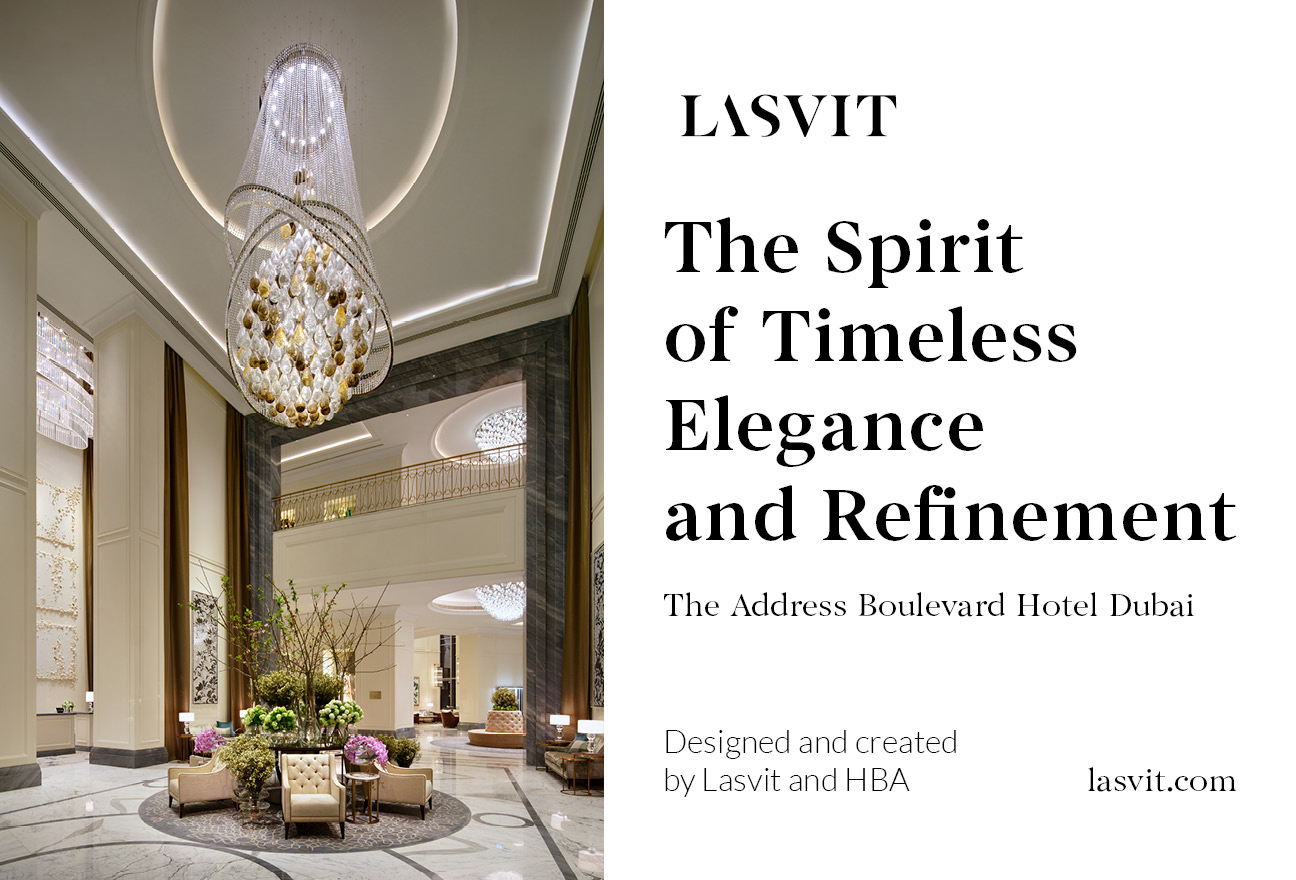
“They care passionately about what they do, and they’re very focused. Trying to build momentum and collectivity was hard, but it’s just a question of batting through,” he says.
Before the COVID-19 pandemic, most of HBA’s business came from China. Now that the pandemic’s severity has eased, Saudi Arabia has proven the most lucrative market.
“I’d already been traveling to Saudi Arabia regularly in the three years building up to the pandemic, so one of my first strategies post-COVID was to go and reestablish the business there,” Godfrey says.
It was a big play, but he says the returns are already significant.
“In one year, it’s become our biggest global market. It’s grown by 2,000 percent this year alone,” he explains.
This extraordinary result wouldn’t be possible without Godfrey’s strategy of unification, placing all 15 facets of HBA at key locations around the world as required. This means working with some of the biggest names in the field: Four Seasons, Accor, Intercontinental, Marriott, Hilton.
“Lately, we’ve been able to capture much bigger pieces of work by presenting ourselves as being a truly global multidisciplinary enterprise, which is a different narrative for us,” he says. “We’re still going in as master planners, architects and then interior designers, which is still the core business, but now that the business is more integrated, we understand we’re simply greater than the sum of our parts.”
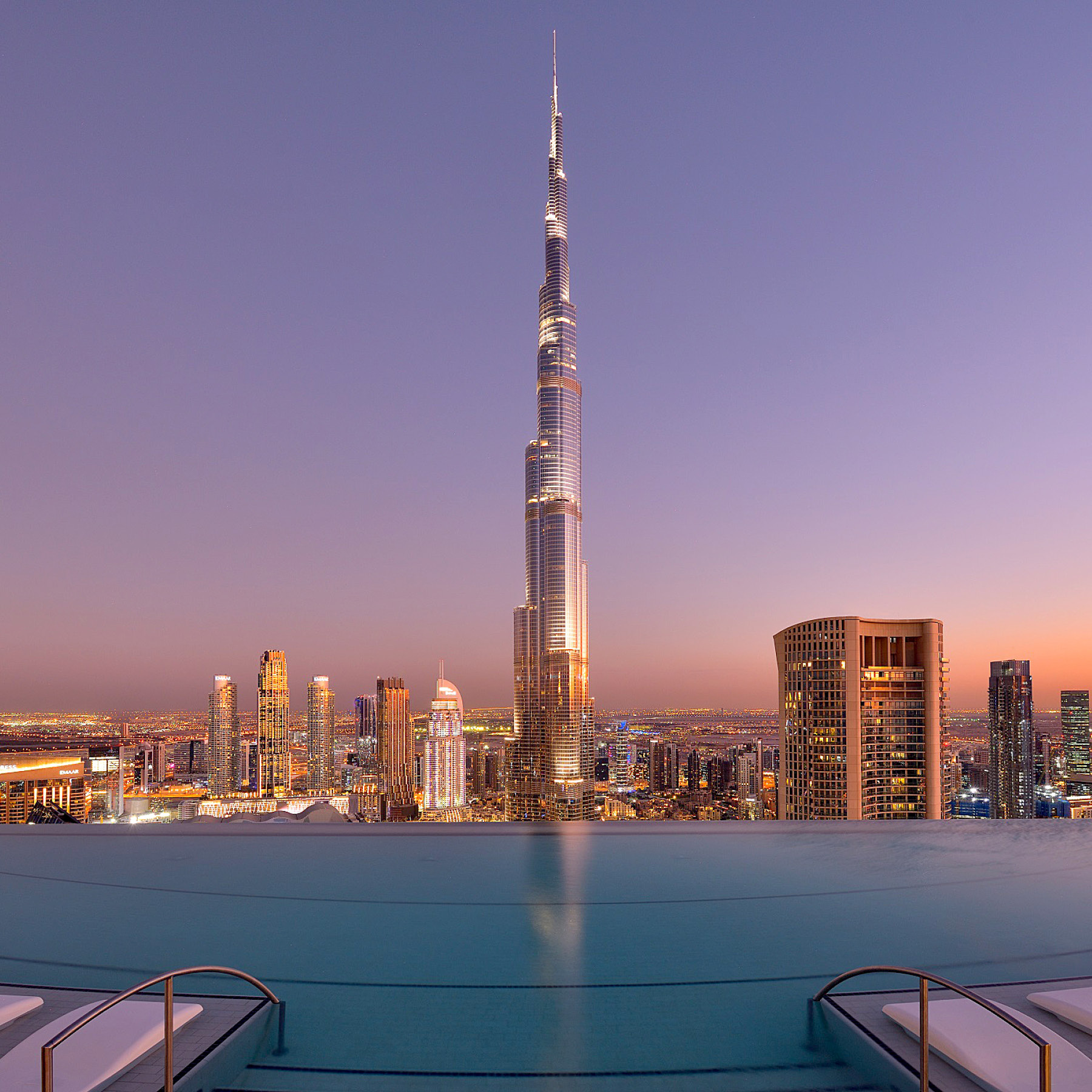
Address Sky View Dubai
A business run by designers is an outlier in the industry, and while Godfrey admits having the left-brainers in charge can sometimes be to HBA’s detriment, it brings a different feel to the end product.
“HBA is a very successful and significant business run entirely by designers who have learned on the job,” he says. “We are an incredibly meritocratic company. We’re very entrepreneurial. What we aren’t is corporate, at all. So seeking to challenge others and the status quo on a daily basis is part of my leadership.”
While he may have taken leave of the drawing board, Godfrey believes that in heading up the business, he’s the most creative he’s ever been.
“People often ask me if I miss being creative, but I’m conceiving and deploying quite significant strategies in a creative way,” he says. “Every day, I’m coming up with a thousand new initiatives; streamlining those is the challenge.”
